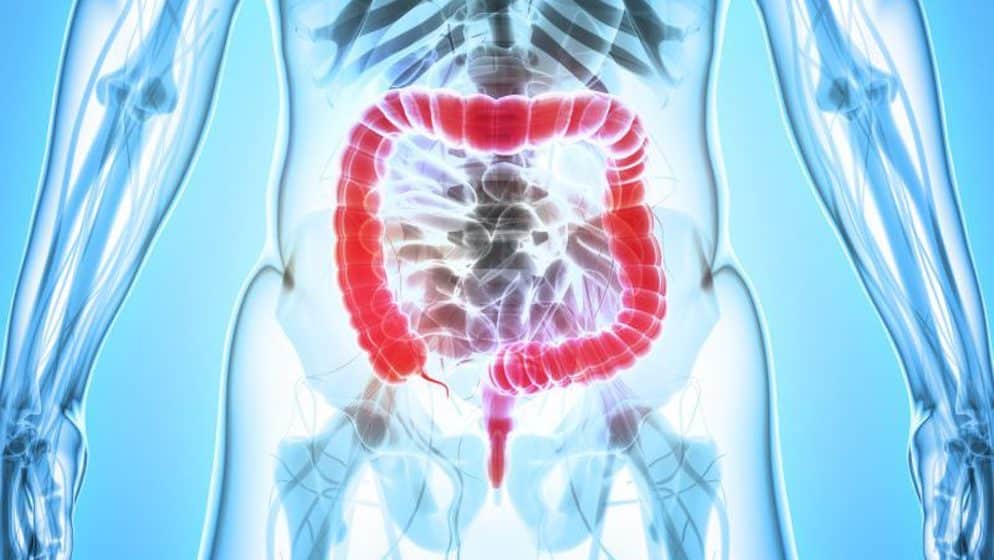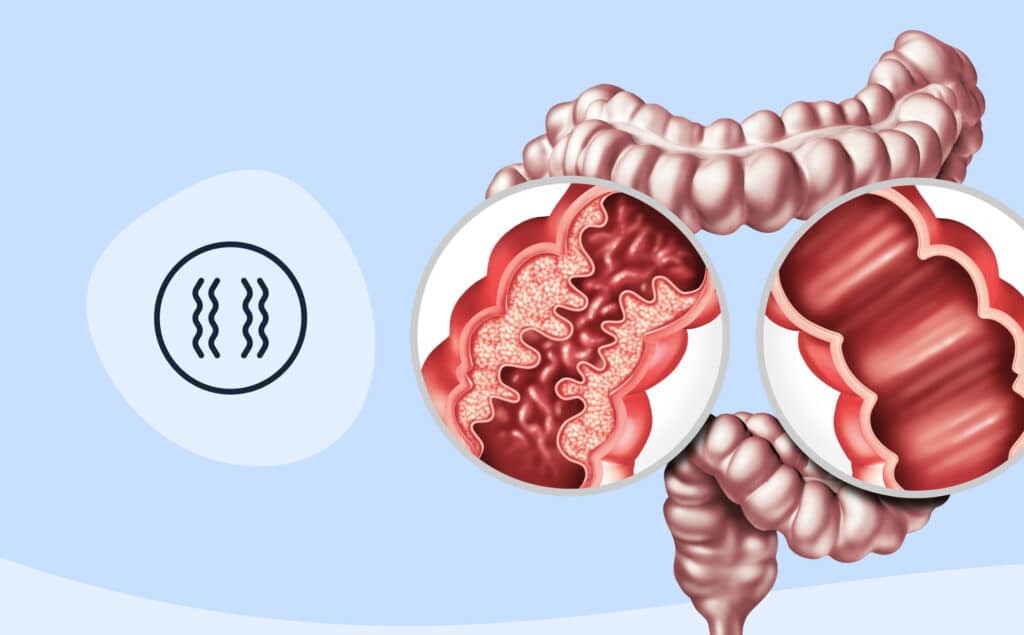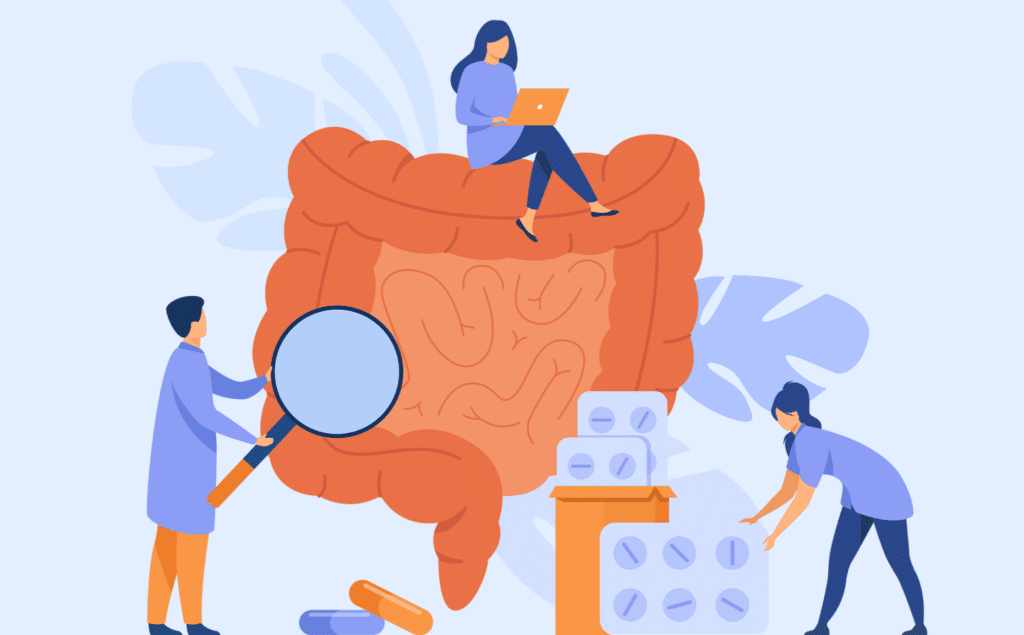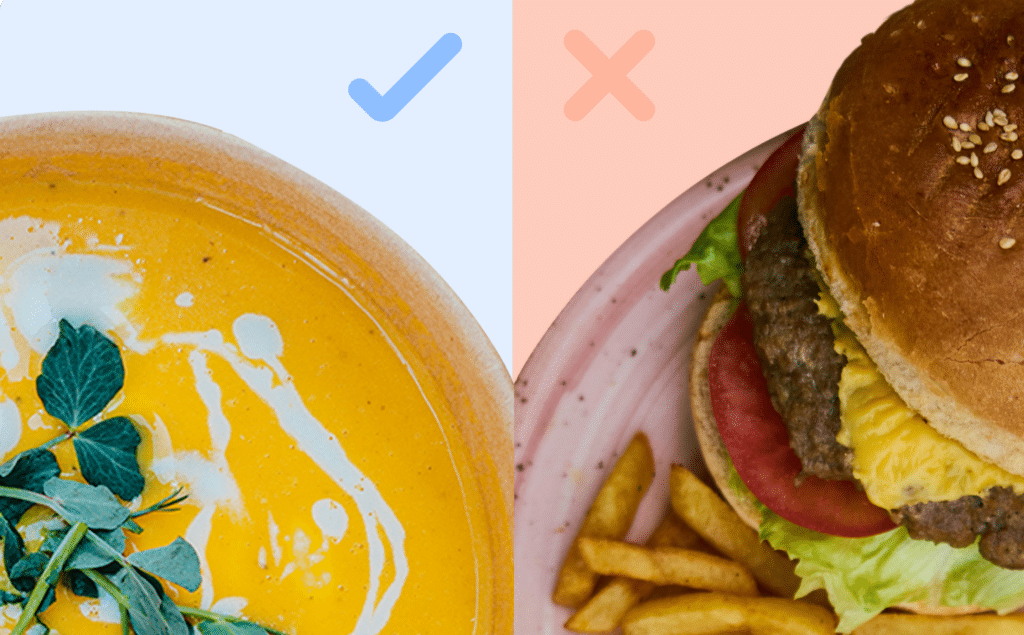Crohn’s disease (CD) can trigger inflammation anywhere in your gastrointestinal tract, including the region around your anus. Sometimes, this inflammation leads to anal fissures, centimeter-sized tears or cracks in the area’s thin lining, called the mucosa.
“The problems involving fissures in Crohn’s disease are some of the more devastating, because it can be extremely uncomfortable,” says David Binion, MD, a gastroenterologist and co-director of the Inflammatory Bowel Disease Center at the University of Pittsburgh Medical Center in Pennsylvania. Anal fissures can bleed and be intensely painful, he explains, and may lead to potentially dangerous medical issues, like abscesses and fistulas.
Fortunately, fissures don’t often get that far. Here’s the lowdown on these small lesions, including their characteristics, symptoms, and treatment.
Regular anal fissures vs. Crohn’s anal fissures
Anal fissures are common among both children and adults, with and without Crohn’s disease. They can develop for a variety of reasons, including physical trauma, and certain rare infections and diseases. In those without Crohn’s disease, they’re most often the result of constipation or diarrhea.
“Normal people who struggle with constipation and pass really hard stool can sometimes cause little breaks, just from pressure,” says Byron Vaughn, MD, a gastroenterologist and assistant professor of medicine at University of Minnesota Medical School in Minneapolis. “At the same time people who have a lot of diarrhea—sometimes that wear and tear can break down the skin there.”
While people with Crohn’s disease frequently have these issues, which can irritate the mucosa, the development of their anal fissures most often occurs when the disease is active and there’s inflammation. Compared to people without the disease, Crohn’s patients are also more likely to have multiple anal fissures.
What it feels like to have an anal fissure
Though many people won’t develop any symptoms, anal fissures can be very painful during and after bowel movements. “It’s like having a little cut in your anus,” explains Dr. Vaughn. “So every time stool or diarrhea moves across their anus, it can cause pain.”
“It’s so painful that it can actually trigger a fear of passing stool,” explains Manreet Kaur, MD, a gastroenterologist and the medical director of the Inflammatory Bowel Disease Center at Baylor College of Medicine in Houston, Texas. As a result, patients may postpone their bowel movements. “The longer you do that, the harder the stool gets,” she says. “It’s a vicious cycle.”
Another possible symptom of fissures: bleeding. “It’s usually not a significant amount,” says Dr. Kaur. “It’s usually bright red blood either on the outside of the stool, or on the toilet paper when you wipe.”
It is important to note that if you experience pain or see blood, you should talk to your doctor. They will note your symptoms and conduct a physical exam to confirm it’s a fissure, and assess for other possible complications of Crohn’s disease. Starting treatment early can alleviate symptoms faster and allow the fissure to heal. Sometimes, a fissure may lead to a fistula—an abnormal connection that forms between two body parts—or a pocket of infection called an abscess.
The good news, says Dr. Vaughn, is fissures don’t usually progress, partly since “they’re diagnosed so quickly because they’re so painful.”
Treating anal fissures
Some anal fissures will heal by themselves in time. In the meantime, experts recommend sitz baths, during which you submerge your buttocks and hips in water. “They can help relax the area, clean it out a little bit and help with some of that burning sensation,” says Dr. Vaughn. Topical pain relievers like lidocaine may also help, but ask your doctor before you try one.
Getting a handle on diarrhea or constipation is also key. For constipation, your care provider may recommend additional fluids, more fiber or a stool softener. For diarrhea, says Dr. Vaughn, “You really want to work on forming the stool.” Increasing fiber may be in order, but he cautions that high-fiber diets may worsen bloating and diarrhea during a flare. Again, consult your care team for guidance.
If your fissure doesn’t improve by itself, the next step is medical treatment. To better your chances of healing, your doctor may prescribe drugs to relax the anal sphincter muscles, which can relieve pressure, help improve blood flow, and alleviate pain. In rare instances, surgery may be needed to treat fissures.
Preventing future fissures
Crohn’s patients can best facilitate fissure recovery and prevention by addressing their underlying disease, says Dr. Kaur. Even if you don’t have evident symptoms, following your treatment plan is critical.
“We always encourage our patients to take good care of themselves,” says Dr. Binion, “and to have a good relationship with their healthcare providers so that they can identify problems quickly and early, so they don’t become complications.”
Medically reviewed by Matthew Hamilton, MD
Oshi is your partner in digestive health
Feel like your digestive concerns are running your life? You’re not alone—and we’re here to help you find lasting relief.
Oshi Health GI providers, gut-brain specialists, and registered dietitians work together to address the root cause of your symptoms and find solutions that actually work for you.
Whether you’re dealing with chronic digestive issues or unpredictable symptom flare-ups, our GI specialists deliver:
✔ Personalized care plans tailored to your lifestyle
✔ Science-backed strategies to calm your gut
✔ Compassionate, whole-person care
✔ And so much more!
Ready to take control of your gut health?





